Action tags… You’re it!
Every printed word in your novel will fall into one of seven categories: dialogue, action, narration, internal emotion, internal thought, description, or flashback. The last five of these serve a very specific purpose; they provide the reader with information both quickly and efficiently. But the problem is they’re kind of boring. If you’re writing a scene that requires an emotional connection to the reader then you have to use the first two: action and dialogue.
Why? Because being told someone is angry will never be as exciting as hearing them scream while watching them overturn a table. In both of these examples we’re experiencing the rage first hand, thanks to dialogue and action. Of course experienced writers already know this, but here’s something they usually miss; and that is you don’t have to choose just one! In special circumstances you can combine both action and dialogue together to form the unstoppable action tag, and I’m going to show you how.
First off, for those who don’t know, a tag (or attribution) is the bit of writing that lets the reader know who spoke a line of dialogue. The most common (and nonintrusive) attributions are ‘she said’ and ‘he said’, but if a writer only uses them then the dialogue ping-pongs back and forth as boring as dry toast:
“I want the money,” Frank said.
“What money?” Diane said.
“You know what money, the money you owe me,” Frank said.
“I don’t know what you’re talking about,” Diane said.
“Yes you do, now give it to me,” Frank said.
“You’ll have to take it,” Diane said.
“You don’t want that,” Frank said.
“No, you don’t want that,” Diane said.
Man, that’s dull. And repetitive. Most writers instinctively avoid this by varying their tags. They use things like ‘she queried’, or ‘he proclaimed’, or heaven forbid ‘he loudly exclaimed angrily’. While it’s true, these attributions have more spice, the fact is these tags are jarring. They pull the reader out of the story by reminding them they’re reading in the first place. Also, there are adverbs, and adverbs are the most evil invention in the history of language that destroy everything they touch. See for yourself:
“I want the money,” Frank demanded fiercely.
“What money?” Diane asked, unsure.
“You know what money, the money you owe me,” said Frank angrily.
“I don’t know what you’re talking about,” Diane retorted quizzically.
Frank countered accusatorily, “Yes you do, now give it to me.”
“You’ll have to take it,” Diane proclaimed.
“You don’t want that,” Frank warned.
“No, you don’t want that,” Diane said, ignoring Frank’s warning.
Ugh. That was actually worse than boring because by using the adverbs angrily, quizzically, and fiercely the writer’s telling you what to feel instead of showing you, and I don’t care if the topic is violent, humorous, or passionate, the fact is being told about something isn’t nearly as exciting as being shown it. That’s why when adding effective emotion to our dialogue we should turn to an action tag that shows disbelief, like cocking an eyebrow. Or maybe your character doesn’t agree, so they’ll shake their head. And my personal favorite; rolling eyes, the universal sign for contempt.
And see, that’s the beauty of action tags, they force the reader to instinctively assign the correct emotion to your dialogue, which infuses it with feeling and makes your words visceral. Here’s a final example:
Frank pounded the table. “I want the money.”
Diane jumped in her seat, her eyes wide. “What money?”
He pointed right at her. “The money you owe me.”
“I don’t know what you’re talking about.”
“Yes. You do.” Frank got his feet. “Now give it to me.”
“You’ll have to take it.” Diane leapt up, and charged into the living room.
“You don’t want that.’’ Frank pushed the kitchen table out of his way sending the dishes flying. Then he lumbered after Diane. But in two steps he stopped.
“No,” Diane said, a cocked pistol in her hand, “you don’t want that.”
See? From the very beginning we don’t need to be told that Frank’s upset, we know because he pounds a table. And what’s Diane feeling? Well, the fact that she jumps in her seat with wide eyes lets us know that she’s afraid. And the best part is these emotions are more vivid because they don’t come from our words, but instead originate from within the readers themselves. They see the action as it unfolds, and they provide the corresponding emotion from their own experiences. This represents a vital investment on their part, an emotional investment, and that’s what makes action tags such an effective weapon, it subtly forces them to commit to the scene at hand.
BUT… like any double-edged sword action tags can cut both ways, so before we start swinging here are a few warnings:
- Action tags are like real punches; the more of them you throw the weaker they become, and that’s no good. When you toss one you want it to hit, and hit hard, so don’t overuse them (like I did, for effect, in that last example).
- Switch up their placement. There are four choices in action tag use for dialogue: Before, in the middle, after, or in lieu of. My suggestion is alter them depending on where they work best.
- Make sure that your characters aren’t sending mixed signals, otherwise they’ll convey the wrong message. Don’t roll eyes when they’re happy, or nod if they’re disagreeing.
- Repetitiveness. Don’t use the same action over and over and over again. Once per conversation is more than enough times for a person to smile.
- And finally no adverbs. Running quickly is weaker than bolting. Knocking strongly isn’t nearly as powerful as pounding. As the old saying goes, if you need an adverb then you’ve chosen the wrong verb.
And that’s it. Now you’re all action tag experts ready to go forward and do what novelists have always done; effectively manipulate a reader’s emotions to put them in a pleasant state of tension. Good Luck!
Summary:
If you lose a black cape, and can’t go to the cops, then you come to me because that’s what I do. I’ve been in the game for years. I know all the curves and all the angles, and if it gets rough then so be it, I got plenty strength, I’m double tough, and I never quit. And if need be I’ll pull my artillery to get you some answers, because I don’t care about the mistakes you’ve made or how you chose to live your life, sometimes even the unjust deserve a little justice.
At least that’s how it was before a mysterious murder threatens to plunge Gold Coast City into a super powered war unless I find the killer in five days' time. But getting to the truth won’t be so easy. I’ll have to face ruthless black capes with secrets to hide, a powerful government agency bent on national expansion, and even teams of white caped heroes whose intentions are less than pure.
No easy task for a small time PI, so I’ll need every bit of my strength and guts if I’m going to find the killer, save my city, and maybe even get some justice for the greatest hero the world has ever known.
Genre: Soft Sci-fi Detective Novel, Published Feb 10, 2015 exclusively on Amazon
Author Bio:
Matt Abraham currently lives in China with his criminally insane cat Durden, his beautiful one month old son Kal, and his supportive wife Jenny. His critically acclaimed debut novel Dane Curse will be free on Amazon this Thursday and Friday, August 6th and 7th. If you’d like more information on fiction structure you can contact him at authormattabraham@gmail.com.
Abraham spits hot PI palaver mixing Mickey Spillane with the classic superheroes from the golden age. In his series Black Cape Case Files we follow Dane Curse, a former black cape turned PI, as he navigates the powered underbelly of Gold Coast City.
Website: www.danecursepi.wordpress.com
Purchase Link: http://goo.gl/sUHj3D


